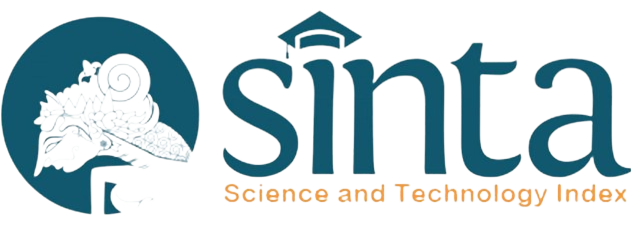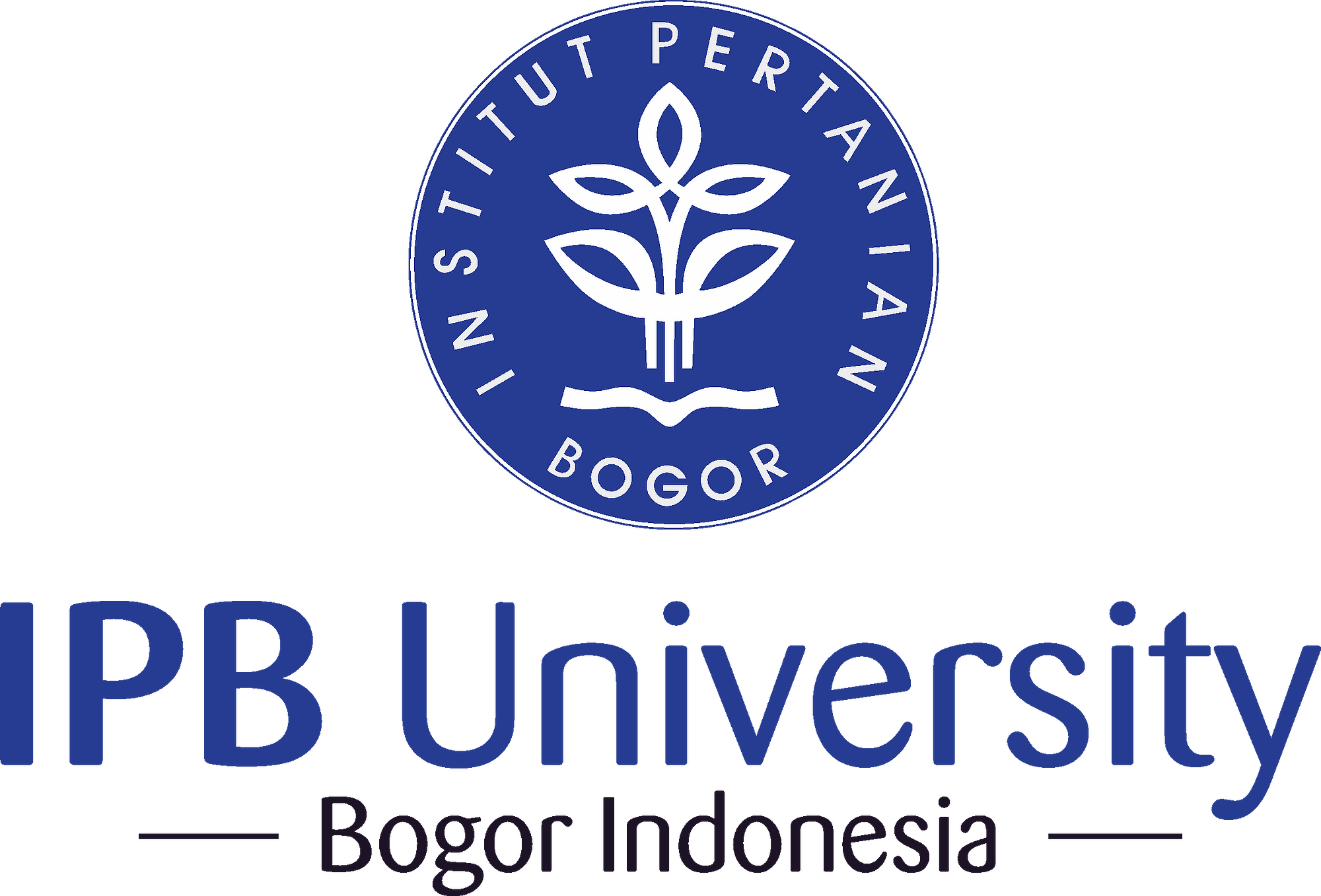Respons Pertumbuhan dan Produksi Bawang Merah terhadap Kepadatan Populasi dan Jumlah Selang Fertigasi Menggunakan Irigasi Tetes
Abstract
Shallot is a national priority vegetable commodity widely used in Indonesia. However, shallot productivity in Indonesia has stagnated, namely 9-10 tons ha-1 (2000-2018). The application of precision agriculture through fertigation using drip irrigation is an alternative solution to answer this challenge. This research aimed to obtain fertigation technology that can be implemented in shallot cultivation on dryland. The research was conducted at the Cikarawang Experimental Field, IPB University, September-November 2022. The study used a factorial split-plot RCBD with 6 replications with the number of irrigation hoses (1 and 2 hoses) as the main plot and population density (normal = 200,000 plants ha-1 and dense = 400,000 plants ha-1) as sub-plots. In general, plant population density has a more significant effect on plant growth and production than the number of drip irrigation hoses. One irrigation hose per bed is enough to support shallot growth and production in dryland. Plant height in both treatment one and two irrigation hoses was equal, ranging from 32.81-33.70 cm. Plant productivity in both treatment one and two irrigation hoses was equivalent, namely 11.21-12.19 tons ha-1. Dense populations can increase production but produce smaller bulbs suitable for seed. The determination of planting population density should be adjusted to production goals and market needs.
Keywords: grading, yield, plant spacing, dry land, nutrigads













